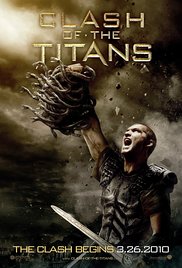 It makes sense, in a ‘Hollywood out of ideas’ kind of way, that someone would come up with the bright idea to remake the beloved, but by no means classic, stop-motion-assisted action adventure “Clash of the Titans,” what with the light-year advancements that have been made in the field of special effects. However, not even the best effects can save a weak story, and this version of “Titans” doesn’t even have good effects. In fact, they’re pretty terrible. By the time the money shots of the Kraken arrive, it’s difficult to care about the gods or the humans. Indeed, this might be the most godless movie ever made. As if society weren’t self-centered enough, along comes a movie whose moral appears to be “Be your own god.” Swell.
It makes sense, in a ‘Hollywood out of ideas’ kind of way, that someone would come up with the bright idea to remake the beloved, but by no means classic, stop-motion-assisted action adventure “Clash of the Titans,” what with the light-year advancements that have been made in the field of special effects. However, not even the best effects can save a weak story, and this version of “Titans” doesn’t even have good effects. In fact, they’re pretty terrible. By the time the money shots of the Kraken arrive, it’s difficult to care about the gods or the humans. Indeed, this might be the most godless movie ever made. As if society weren’t self-centered enough, along comes a movie whose moral appears to be “Be your own god.” Swell.
The Greek army has declared war on the gods, tearing down all monuments built in their name and refusing to strengthen the gods with prayer. Hades (Ralph Fiennes), god of the underworld, is insulted by man’s insolence, but uses this conflict as leverage to get even with his brother Zeus (Liam Neeson) for making him god of the underworld in the first place. Hades threatens to unleash the horrific Kraken on the Greek city of Argos unless the king sacrifices his daughter Andromeda (Alexa Davolos). Man’s greatest chance of surviving is reluctant warrior Hades’ wrath is Perseus (Sam Worthington), the orphan child of a fisherman who just happens to be Zeus’ son. But to save Andromeda, he must travel to the underworld and conquer the one thing capable of stopping the Kraken: Medusa, the snake-like beast that turns men to stone with a single gaze.
If you must see this movie – and I cannot stress enough that you shouldn’t – then by all means opt for the 2D version. This is one of many movies set to be released in the next year that retrofitted their movie for 3D once the craze caught on. It looks poor, and arriving in the shadow of “Avatar,” it looks exceptionally poor. Save yourself some money, and go 2D.
Ideally, though, you’ll skip this entirely. The action sequences are incoherent, the expository dialogue is informative but pointless, and some of the CGI is flat-out awful. The anaconda in “Anaconda” looks better than Medusa does here. Don’t get us started on the accents, or the ham-fisted callback to the 1981 original. And God love them, they even threw in the Greek equivalent of Bella Swan and Edward Cullen.
Director Louis Teterrier impressed a lot of people with his debut, “Danny the Dog” (released as “Unleashed” here in the States), but while he has made much bigger movies since then, his artistic growth is not exactly increasing in proportion to his budgets. Indeed, “Clash of the Titans” doesn’t have much of a voice, but rather a work-by-committee feel to it. The sad truth of the matter, though, is that “Titans” and Teterrier deserve each other; he’s a second-tier director, and “Titans” is a second-tier property. Set your expectations accordingly
 (1.5 / 5)
(1.5 / 5)





 (3.5 / 5)
(3.5 / 5)

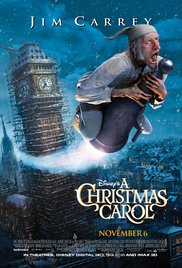
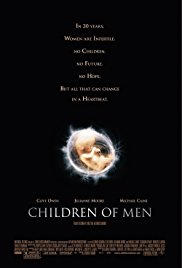
 (4 / 5)
(4 / 5)
 (3 / 5)
(3 / 5)
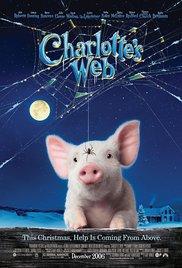
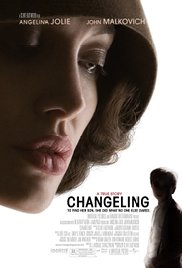
 (2 / 5)
(2 / 5)
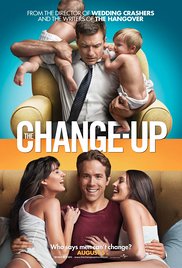
 (2.5 / 5)
(2.5 / 5)
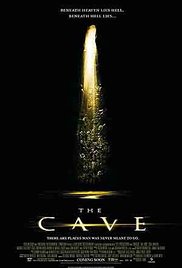
 (1 / 5)
(1 / 5)